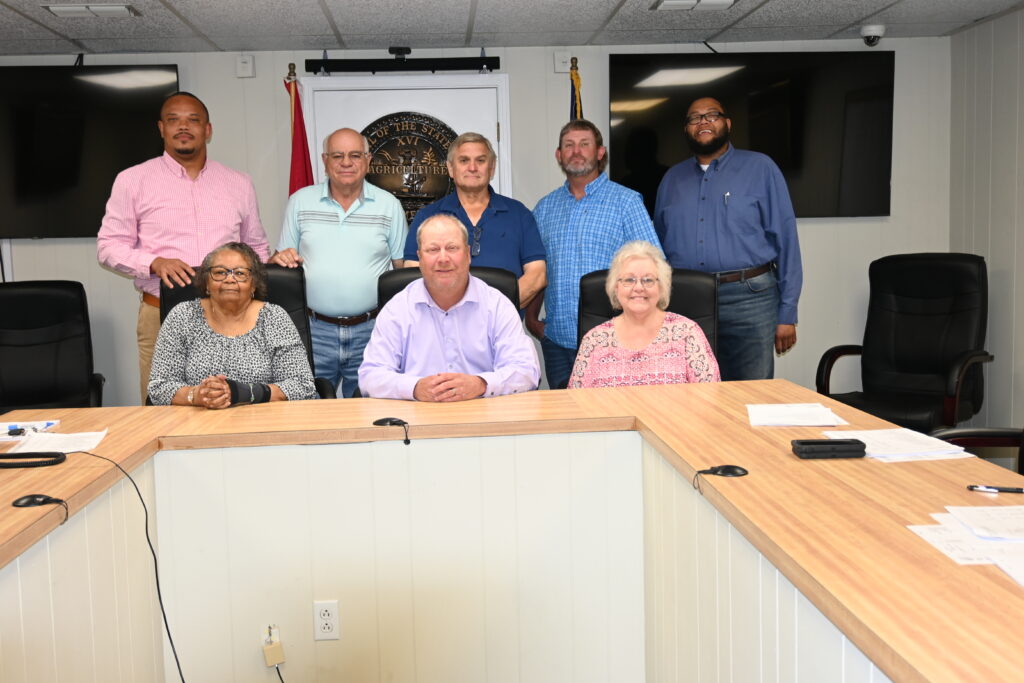You may be aware of how important honeybees are to the environment and to people because of their roles as irreplaceable pollinators for a wide range of flowers and crops. You might also be interested in raising a beehive or starting an apiary of your own. To begin taking steps towards protecting bees in general and properly caring for them if you plan to keep them yourself, you should know some of the serious potential threats to bees. Here are some of the most significant ones.
Pesticides
People use pesticides to ensure crops aren’t riddled with unwanted insects before they reach consumers. They may also employ them to get rid of insects such as mosquitos, which directly bother humans. However, when used haphazardly, pesticides can negatively affect the environment and non-targeted organisms, including honeybees. Some pesticides outright kill bees, while others cause problems by harming their capacity for navigation. If the pesticides present in an area are removed, the bee population can luckily usually recover.
Hostile/Parasitic Insects
Other insects can also cause problems for beehives either because they attack the bees or parasitize them. These insects are often nonnative species introduced to fulfill some purpose (such as for population control of certain pests) or which people unintentionally brought to an ecosystem. Varroa mites are a notable example. Their presence is associated with reduced health in bees, deforming them as they develop and causing drones to become less capable of mating with the queen.
Another hostile insect is the giant hornet. Giant hornets travel in swarms to beehives, kill all the bees present, and then take the hive as their own. If you’re a beekeeper, you need to know about these kinds of insects and take measures to prevent them from decimating your hives.
Habitat Loss
Habitat loss is an issue for many animals, and it’s an equally serious potential threat to bees. As people continue expanding land development and clear away trees and other naturally occurring plants for homes, buildings, and agriculture, there’s less suitable space for bees to live in. They may not have space to build nests, or the plants they usually feed on may decrease in number to the point that the bees don’t have enough sustenance to survive. You can play a part in helping bees by planting flowers in your garden that bees like to take nectar from, even if you aren’t beekeeping yourself.







